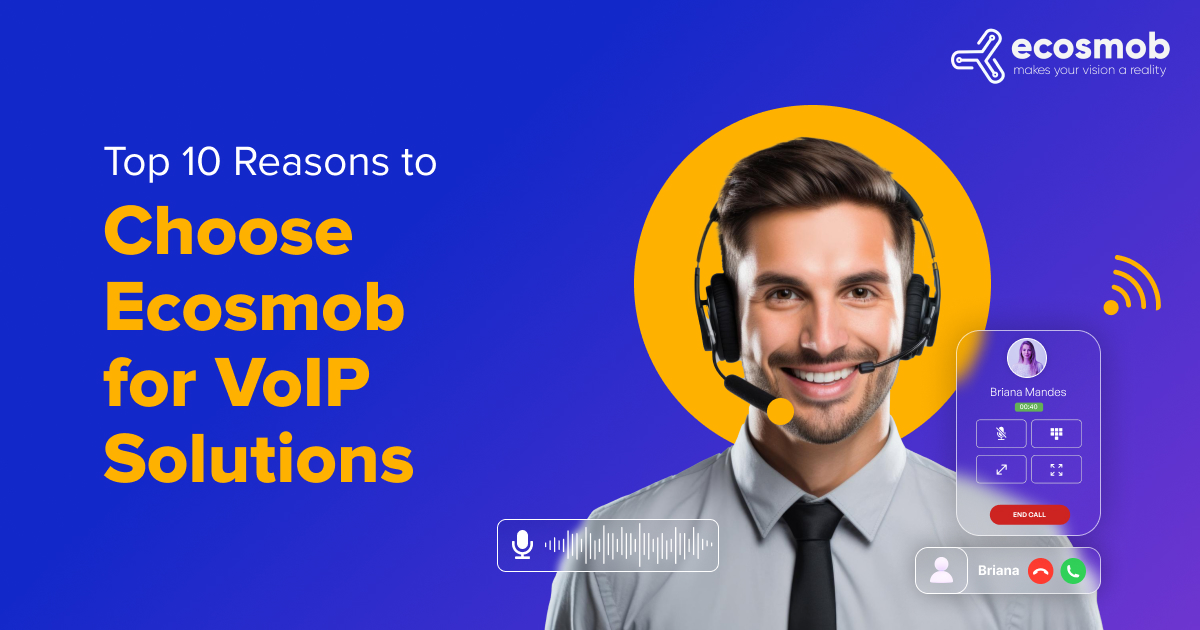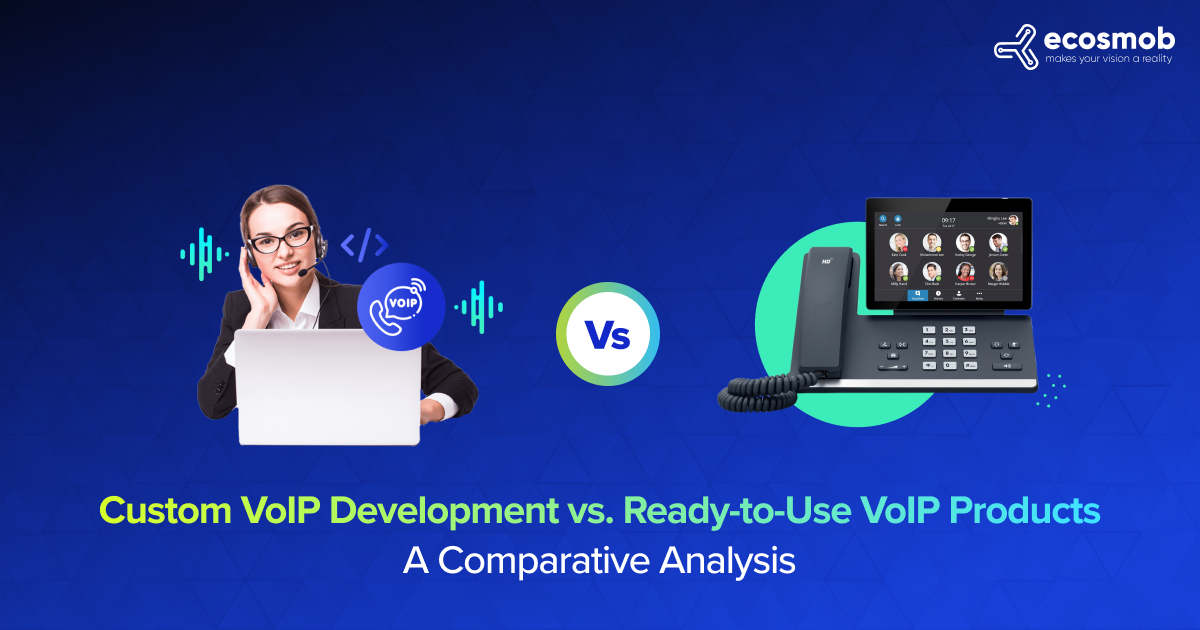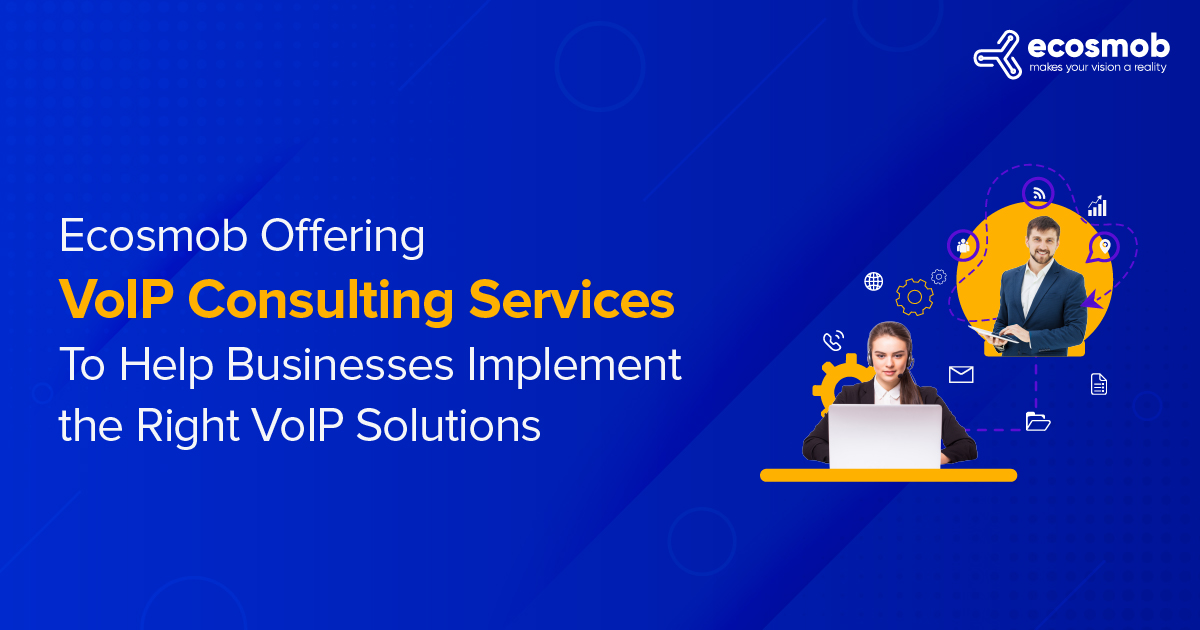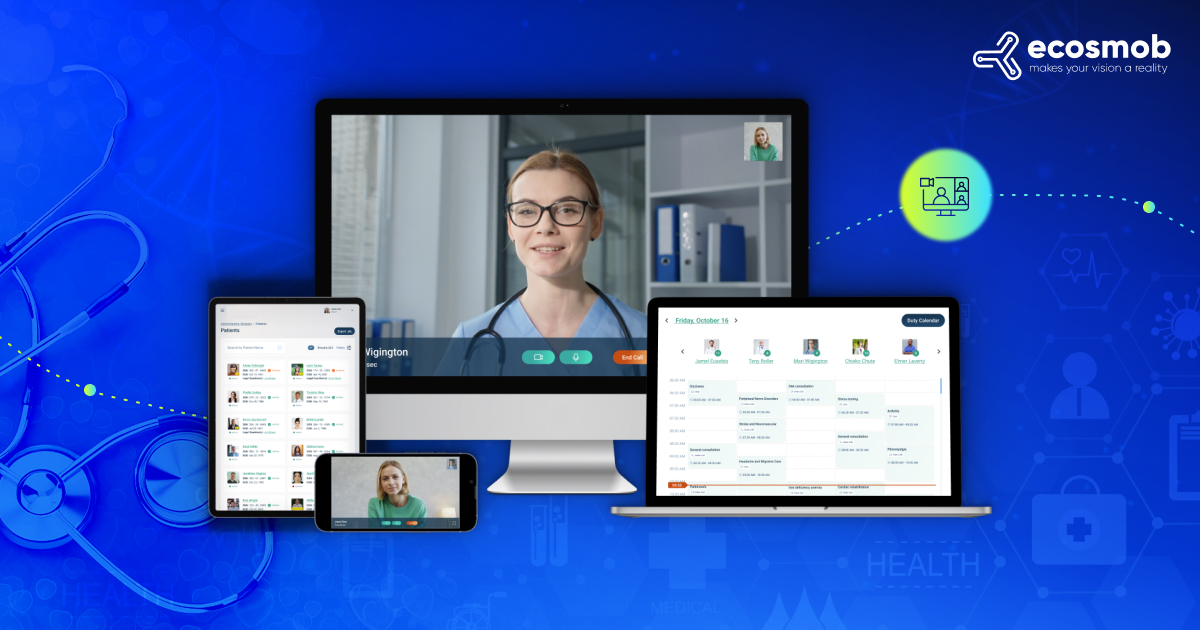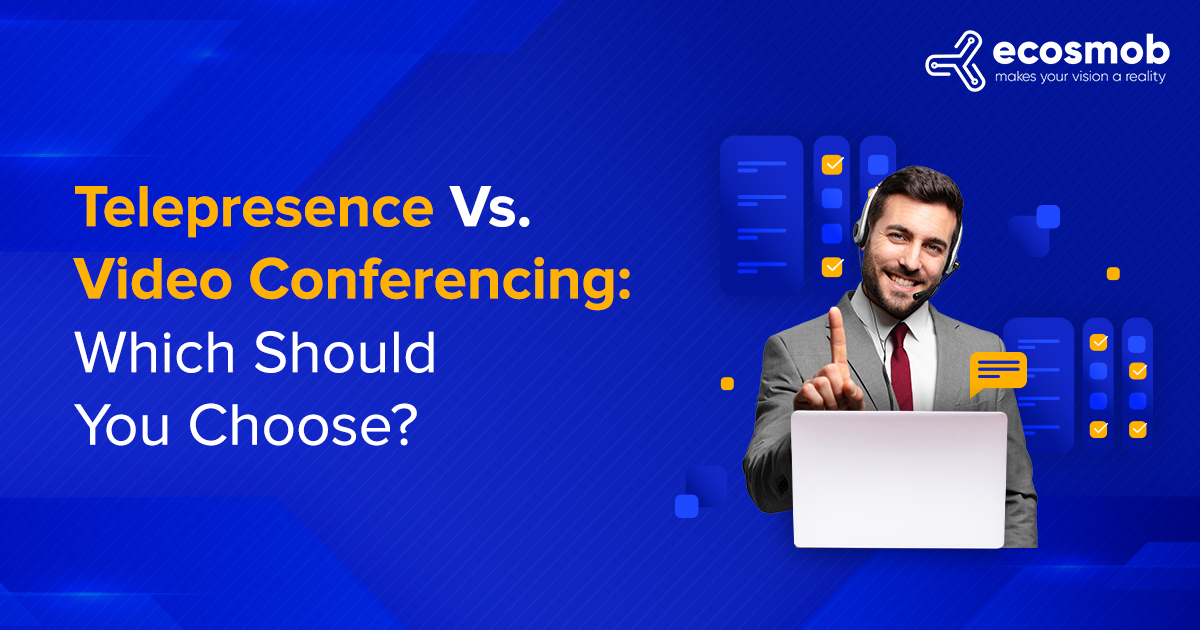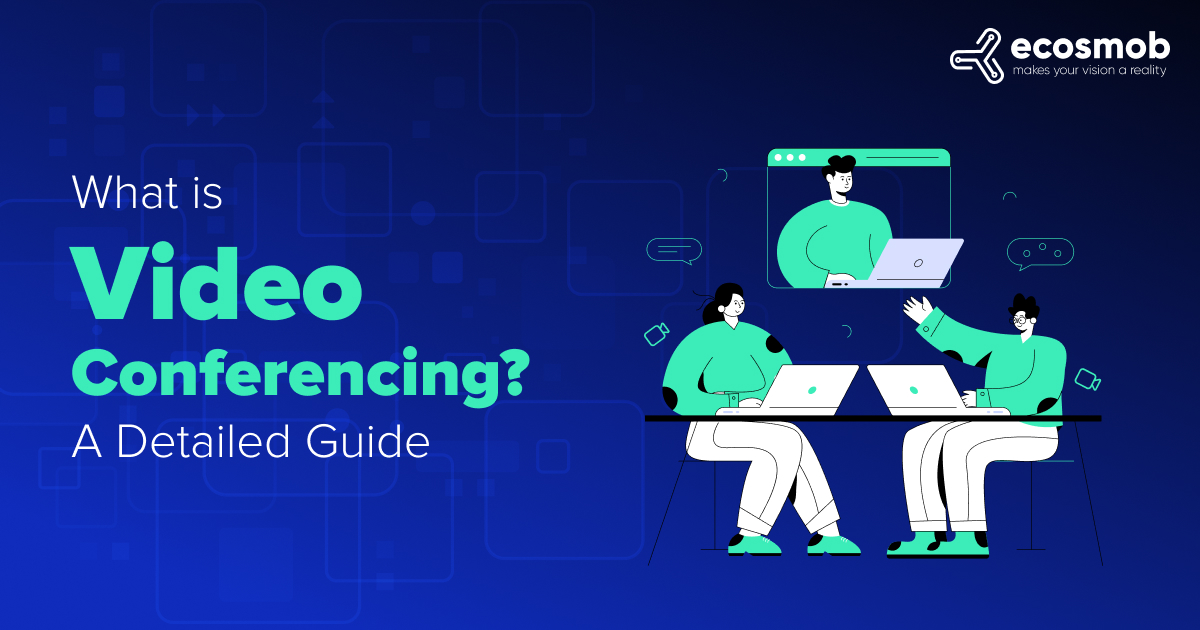QUICK SUMMARY
In this blog, we explore the top 10 ways video conferencing is transforming healthcare operations. From remote consultations to ICU monitoring, discover how healthcare providers can enhance patient experience, reduce operational load, and stay ahead of the competition by adopting this simple yet powerful technology across various touchpoints.
The Covid 19 pandemic taught everyone what it truly means when doctors say, “Prevention is better than cure.” Especially for us, it showed how technology can be used in healthcare operations in different scenarios and how beneficial it is.
Video conferencing is not just about consulting patients over a video call. There are a number of use cases in healthcare operations where you can utilize a video conferencing solution and elevate your healthcare service one level above your competitors.
So, where do you think a video conferencing solution fits into your business? Wait, do not get confused. Let me help you with different use cases you should explore to add to your healthcare operations.
Let’s get started.
Connect doctors, patients, and families in real-time with Ecosmob
What Are the Top 10 Uses of Video Conferencing for Healthcare Providers?
If you’re wondering where video conferencing fits into healthcare operations, here are the practical uses you need to explore.
1. Remote Patient Consultations
Video conferencing helps doctors consult patients without requiring them to travel to a clinic or hospital. This is especially helpful for elderly patients, people in rural areas, or those with mobility issues.
And just so you know, this isn’t just a trend. It’s already happening in real clinical settings. In the UK, the NHS defines remote consultation as an appointment done over the phone or video using tools like Zoom, Teams, instead of in-person consultation. It’s part of a bigger digital strategy that’s already saved millions for the system, and that’s just the start.
You can set up scheduled video consultations where patients connect with healthcare professionals from the comfort of their homes. It saves time, reduces hospital crowding, and improves access to timely care. Plus, it helps in managing chronic conditions with regular virtual follow-ups and increases convenience for both patients and doctors.
2. Virtual Second Opinions
Many patients seek a second opinion before undergoing a major treatment. Video conferencing makes this possible without visiting another city or hospital physically.
Healthcare organizations can provide expert opinions by connecting patients with specialists across different locations. This builds trust and transparency in your services. It also improves patient confidence in the recommended treatment and reduces the burden on local resources. In complex cases, this remote access to top-tier specialists can be life-changing.
3. Remote ICU Monitoring
Critical care units can use video conferencing to connect on-ground staff with off-site intensivists and critical care experts. This allows real-time support without requiring a specialist physically present at all times.
Doctors can guide ICU staff remotely, monitor patient vitals through integrated systems, and even respond faster to emergencies. This improves the quality of intensive care, especially in tier 2 or tier 3 cities where experienced specialists may not be available around the clock. It ensures the best outcomes with the help of technology and remote collaboration.
4. Mental Health Therapy Sessions
Mental health is an important part of overall well-being. With WebRTC-powered video conferencing, therapy sessions become more accessible, private, and convenient for patients.
Therapists and counselors can offer virtual sessions, creating a safe space for patients to open up without fear of judgment. This is especially helpful for anxiety or depression cases, where patients may not feel comfortable visiting in person. You also reduce no-show rates and give people the flexibility to schedule therapy according to their comfort and availability.
5. Telemedicine for Rural Clinics
Many rural clinics lack access to full-time doctors or specialists. A video conferencing setup bridges this gap by connecting local clinics with centralized healthcare teams.
You can help rural health workers coordinate with doctors in cities for diagnosis, treatment plans, and patient education. This creates an extended healthcare network, reduces travel costs for patients, and ensures no one is left behind due to location barriers. It’s a big step towards equal access to quality healthcare.
6. Pre- and Post-Surgery Consultations
Before surgery, patients often have questions and anxiety. After surgery, they need regular follow-ups. Video conferencing helps manage both without extra hospital visits.
Doctors can use video calls to explain procedures, risks, and recovery processes beforehand. After surgery, they can monitor wound healing, review reports, and guide on medication or lifestyle changes. This enhances recovery, reduces unnecessary travel, and shows patients that your service truly cares beyond the operating table.
7. Family-Doctor Virtual Meetings for Inpatients
When a loved one is hospitalized, family members want regular updates. Video conferencing allows families to connect with doctors remotely for updates, reducing stress and confusion.
You can arrange scheduled virtual briefings where doctors update family members about the patient’s condition, progress, and next steps. This avoids crowding in hospitals and also ensures families get a clear understanding. It builds transparency and strengthens the bond between healthcare staff and families.
8. Medical Training and Education
Doctors, nurses, and technicians require constant upskilling. Video conferencing allows hospitals to organize regular training sessions from experts, without gathering everyone in one location.
You can run webinars, live demos, and Q&A sessions on new procedures or technologies. This helps keep staff updated and improves the overall service quality. Especially for multi-location hospitals, this becomes an easy way to maintain consistent standards across branches without any logistic hassles.
9. Virtual Ward Rounds
In large hospitals, doctors often need to check in on multiple wards or branches. Video conferencing can make this process faster and more efficient.
Using tablets or mobile devices, on-ground staff can connect with doctors for patient updates, discussions, and instructions. This speeds up decision-making, ensures expert oversight even when the doctor is not on-site, and helps manage time better. It also boosts coordination between nurses and physicians.
10. International Patient Coordination
Many hospitals treat patients from other countries. Video conferencing solutions simplify everything from initial consultation to post-treatment care.
You can use it to discuss the treatment plan, cost, stay duration, and answer patient queries in advance. After they return to their country, you can follow up with regular video check-ins. This ensures continuity of care and builds a strong reputation for your hospital in the international medical tourism space.
In summary, video conferencing is not just a nice-to-have, it’s quickly becoming a must-have in the healthcare industry. From remote consultations and second opinions to ICU monitoring and patient-family communication, the use cases are practical, powerful, and easy to implement with the right setup.
It’s all about improving the experience for patients, families, doctors, and staff. When you make healthcare more accessible, transparent, and connected, you build trust and loyalty.
And the best part? You don’t need to build it all from scratch.
With Ecosmob, you get fully customized, scalable, and secure video conferencing solutions built for healthcare operations. If you run a small clinic or a multi-location hospital network, Ecosmob helps you integrate video seamlessly into your workflows, so you can focus on care while we handle the tech.
Upgrade your healthcare service with smart video conferencing from Ecosmob.
FAQs
What is video conferencing in healthcare?
It’s the use of live video calls to connect patients, doctors, and staff remotely. It improves access, convenience, and efficiency in care delivery.
How does video conferencing benefit healthcare providers?
It reduces patient wait times, saves operational costs, and enhances patient satisfaction. Providers can also reach more people without location limits.
Is video conferencing secure for patient data?
Yes, when using HIPAA-compliant platforms, video conferencing ensures data privacy and patient confidentiality.
Can patients get prescriptions through video consultations?
Absolutely. Doctors can evaluate and prescribe medication during a virtual consultation, just like an in-person visit.
Is video conferencing suitable for mental health services?
Yes, it’s highly effective. Patients often feel more comfortable opening up in familiar surroundings.
What equipment is needed for healthcare video calls?
Just a smartphone, tablet, or computer with a camera and internet connection. Providers may also use specialized telehealth platforms.

